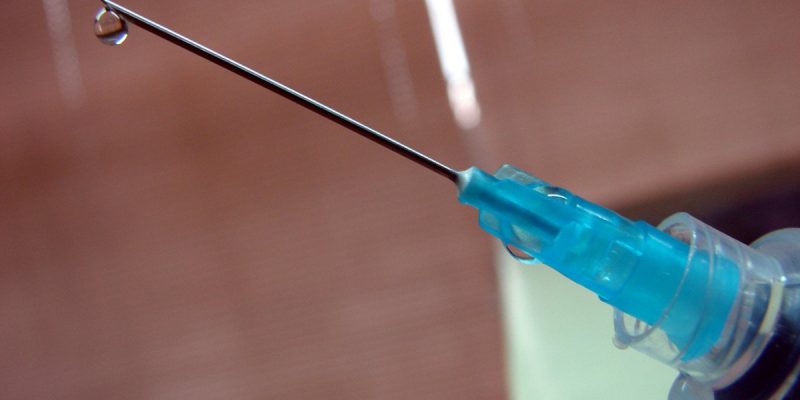Introduction
The objective of endodontic treatment is to prevent or eliminate infection within the root canal. It is truely said,
“instrument shape, irrigants clean”
Irrigation is an important part of root canal treatment. Every root canal system has spaces that cannot be cleaned mechanically. The only way we can clean isthmuses, deltas and anastomoses is through the effective use of an irrigation solution.
Function of irrigants
- Dissolves necrotic tissue
- Removes dentinal shavings by physical flushing
- Removes debris from lateral and accessory canals
- Increases the efficiency of instruments
- Antibacterial properties
- Opening of dentinal tubules by removal of smear layer
- Irrigants with lubricating agent furthur increase the efficiency
Commonly used irrigating solutions
- Sodium hypochlorite (NaOCl)
- Normal saline
- Ethylene diamine tetra acetic acid (EDTA)
- Chlorhexidine (CHX)
- Citric acid
- Mixture of tetracycline acid detergent(MTAD)
- Hydrogen peroxide
Sodium hypochlorite
Sodium hypochlorite (NaOCl) is one of the most commonly used and effective irrigating solutions.
Advantages
- It causes tissue dissolution
- It has antibacterial action
- It causes lubrication of canals
- Its economical
- Its easily available
Disadvantages
- Bad odor and taste
- Irritant to tissues, if extruded periapically,it can result in cellular damage
- Requires careful handling.
Methods by which efficacy of sodium hypochlorite can be increased
- Specialized irrigating syringes: Side vent endodontic syringes with narrower diameter (3 gauge) are available which aid in getting irrigant closer to apex and help the irrigant to move sideways.
- Time: Antimicrobial effectiveness of sodium hypochlorite is directly related to its contact time with the canal- greater the contact time, more effective it is.
- Heat: It has been shown that warming sodium hypochlorite to 60-70°C (140°F), increases its tissue dissolving properties. But one should be careful not to overheat the solution because this can cause breakdown of sodium hypochlorite constituents and thus damage the solution.
- Activation: Activation of sodium hypochlorite has also shown to accelerate chemical reaction, create cavitational effect and hence achieve a superior cleansing effect.
Activation Protocols
- Sonic activation: sonic devices(e.g. Mmsonic or endoactivator) operate at frequency of (1-6khz).
- Ultrasonic activation: Endoultra works at higher frequency about 40khz hence leads to cavitation and acoustic streaming of irrigants.
- MDA(manual dynamic agitation): A well fitting GP cone is pumped up and down to the working length at a frequency of 100 strokes/min significantly facilitates debris removal from the apical portion of a root canal system that appears to be fully shaped and cleaned.
- Lasers:there are many studies which reveals that laser irradiation has the potential to kill microorganism and to remove debris and smear layer from root canals.
Normal Saline
Normal saline causes gross debridement and lubrication of root canals. It basically acts by flushing action, it can be used as a final rinse for root canals to remove any chemical irrigant left after root canal preparation.
EDTA
Ethylene diamine tetra acetic acid (EDTA) is the most commonly used chelating agent. Though hypochlorite is thought to be an ideal irrigating solution, but it does not possess chelating properties.
Uses of EDTA:
- It has dentin dissolving properties
- It helps in enlarging narrow canals
- Makes manipulation of instruments easier.
Irrigation Protocol

Interaction between Irrigants
1. CHX +NaOCl produces change in colour and formation of precipitate.
2. CHX+EDTA produces white precipitate and nullifies the chemical action of chlorhexidine.
3. NaOCl+EDTA mixing takes away the tissue dissolving capacity of NaOCl, as no free chlorine (the active agent in sodium hypochlorite) is found in the mixture.
So, mixing of irrigants should always be avoided.
Following proper protocol for irrigation during root canal treatment reveals excellent healing of periapical pathology
Case 1: RCT in lower right first molar
A 30 year old male patient reported with extraoral swelling and pain on lower right side. Radiographic findings reveals big periapical pathology in relation to both mesial & distal roots.
- RCT was initiated under rubberdam isolation.
- Canals were prepared with Hyflex CM files.
- Copious irrigation with 5.25% sodium hypochlorite, saline wash and 17% liquid EDTA followed by sonic activation.
- CaOH dressing was given for two weeks.
- After getting ‘dry’ canals, obturation was done by warm vertical obturation technique.
- Post obturation restoration with composites


5 Months follow-up revealed excellent healing.

Case 2: RCT in lower left second molar
- RCT was initiated under rubberdam isolation.
- Biomechanical preparation done with Hyflex CM files.
- Irrigation protocol: 5.2% NaOCl throughout shaping, saline wash,17% liquid edta for 1 min followed by sonic activation, saline wash, NaOCl for 1 min followed by internal heating for 5 to 6 sec and sonic activation.
- Repeat 4 to 5 times.
- Appreciate isthmus fill in apical third region and lateral fills in the distal canal.
- Obturation: warm vertical obturation technique.
- Post obturation restoration with composites.





















Excellent article
Thank you